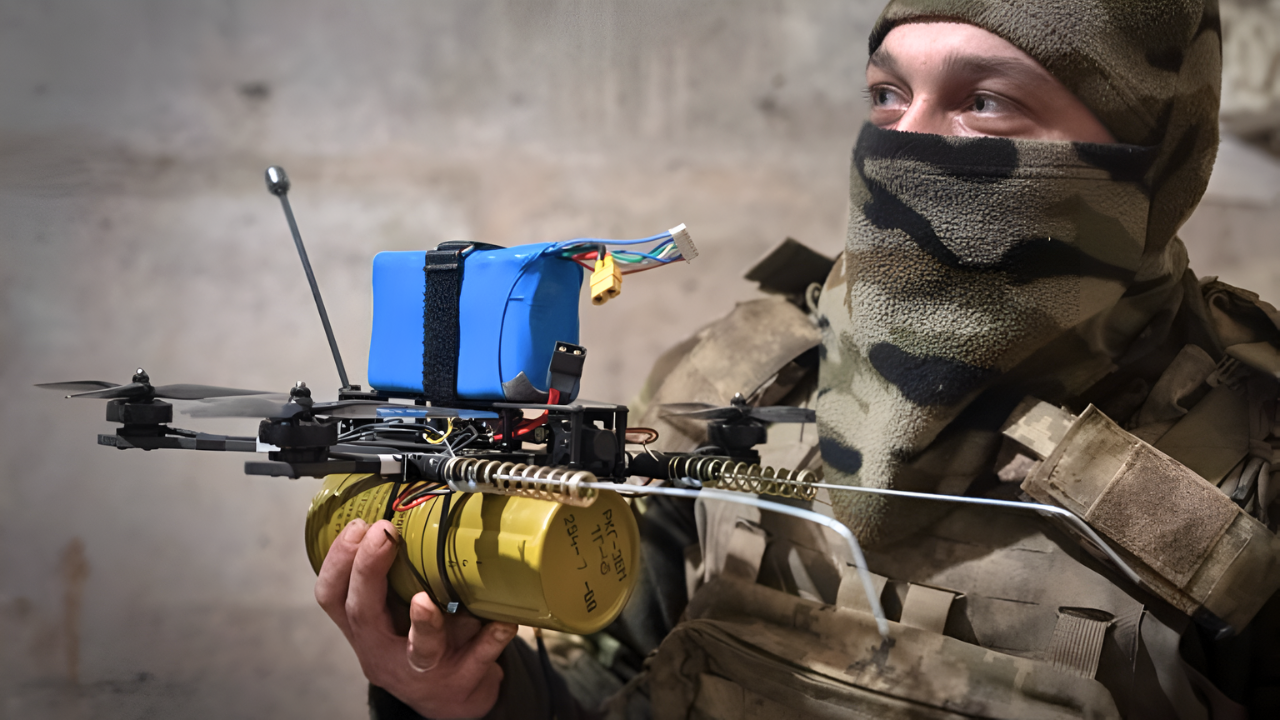
In a war defined by billion-dollar weapons, one of Ukraine’s most effective defenses was born in a teenager’s bedroom. Using a 3D printer, online tutorials, and a few household materials, an 18-year-old from Kyiv built a net-firing shotgun round that can take down Russian FPV drones—machines that have terrorized soldiers and civilians alike.
His invention, which cost around $50 to make, isn’t just saving money; it’s saving lives on the battlefield.
How a Teen’s Idea Took Flight Amid Bombardment
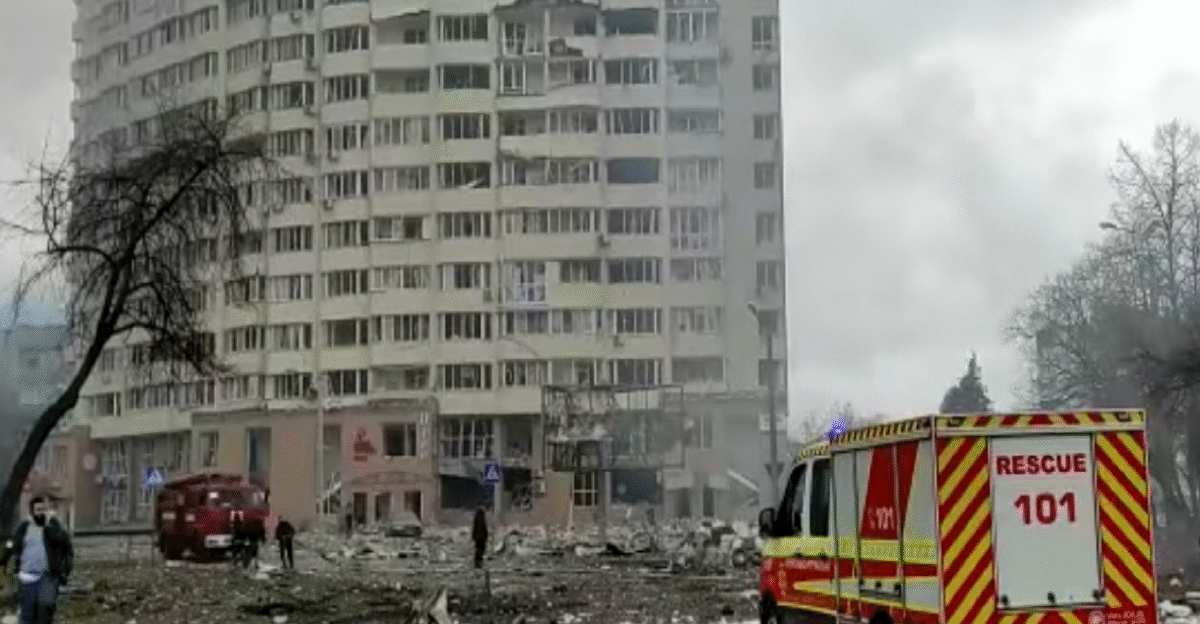
The young inventor, identified only as Yurii, began experimenting after Russian air raids closed his school and trapped his family indoors. “If I can’t fight, I’ll build something useful,” he reportedly told United24 Media. What began as trial and error soon turned into purpose.
His first rounds jammed or burst, but after weeks of tweaks, Yurii produced a shot soldiers would later nickname “the miracle round.”
From Workshop to Warfare
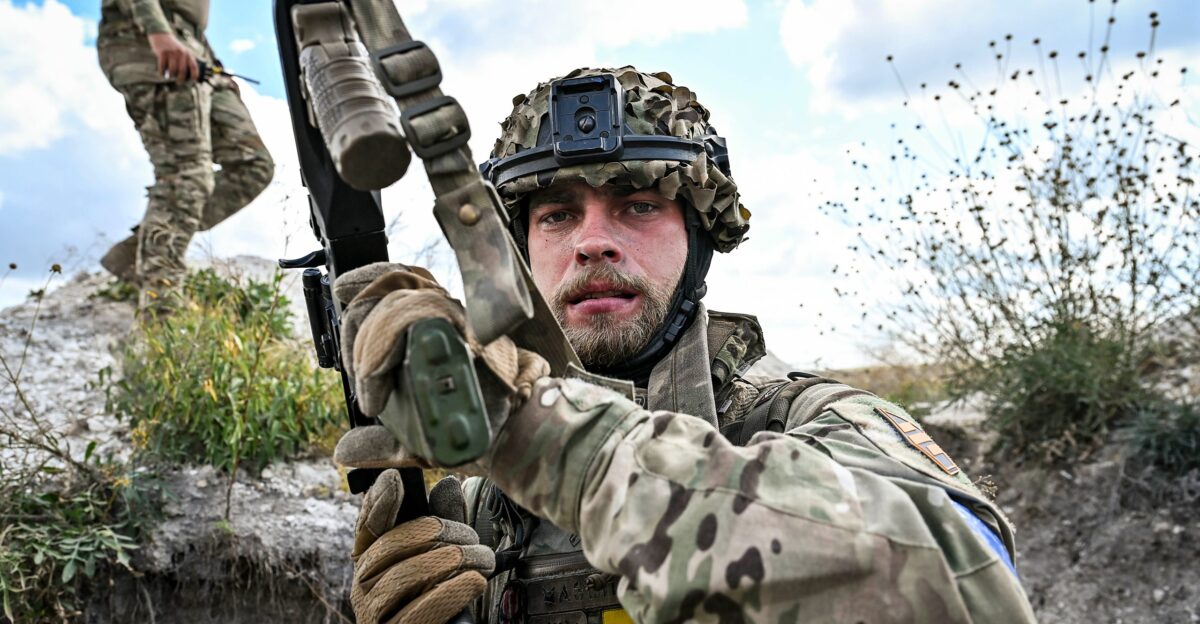
Word of Yurii’s prototype spread quickly through encrypted Telegram channels linking civilian makers and combat units. According to members of Ukraine’s 3rd Assault Brigade, a commander requested field trials to test the net-firing round in real conditions.
Soldiers who witnessed it said the results were immediate: the device snared a Russian drone mid-flight. Crude but effective, it was soon replicated by other brigades in need of quick, low-cost protection.
The Billion-Dollar Contrast
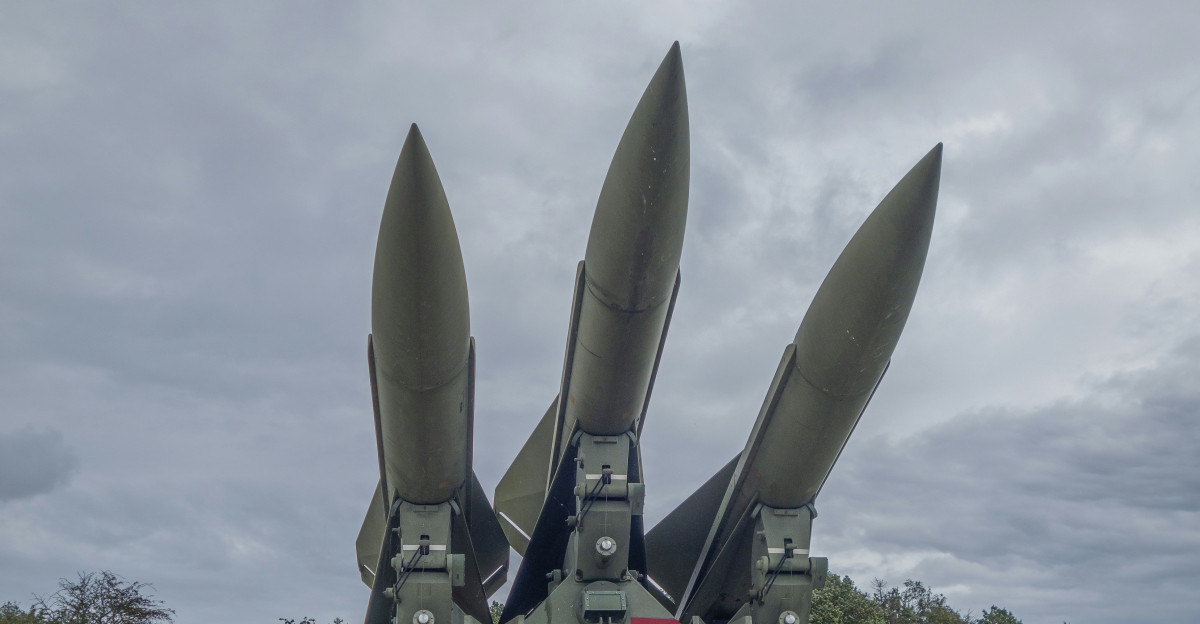
Yurii’s success highlights the widening gap between cost and capability. NATO’s interceptor missiles can cost from $400,000 to over $1 million per launch, while Russia’s Geran-2 drones are estimated at under $30,000 each. “It’s not sustainable to fire gold at aluminum,” one Western defense analyst said.
Ukraine’s battlefield improvisation is now forcing allied militaries to rethink whether traditional spending can match the pace of evolving drone warfare.
A New Kind of Soldier’s Toolkit
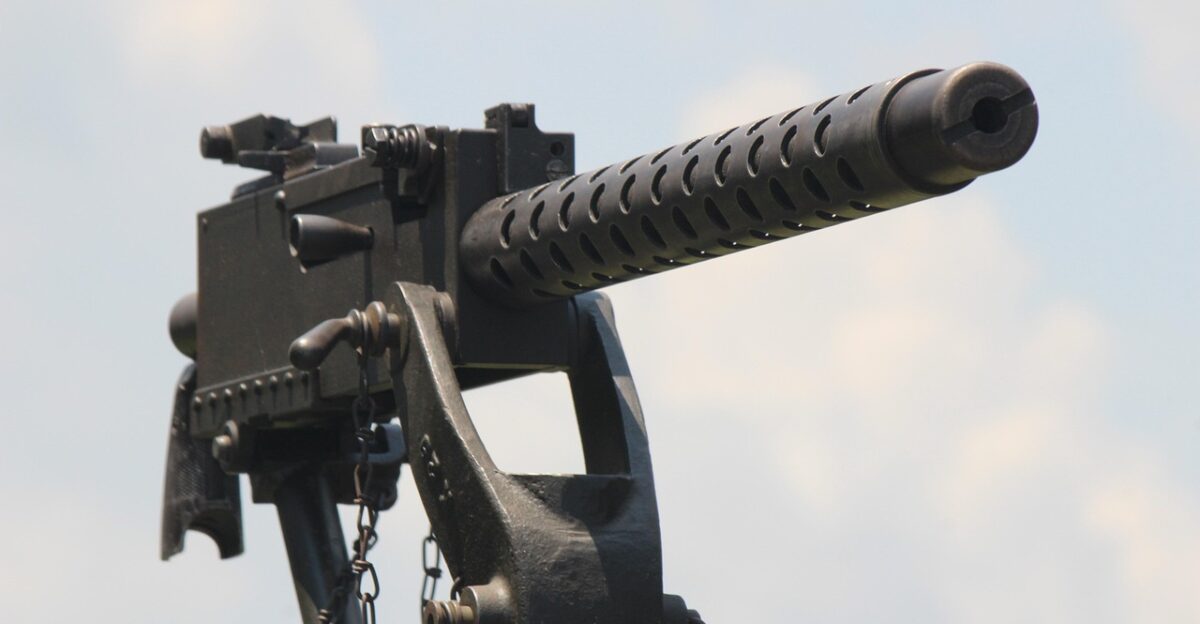
On the front line, Ukrainian troops are adapting faster than defense budgets can catch up. Shotguns, rifles, and machine guns are now loaded with modified anti-drone rounds like Yurii’s, instead of standard ammunition.
According to a unit commander in the Donetsk region, these ad-hoc munitions “won’t replace advanced systems—but they give us a chance to fight back when supplies run dry.” Survival, he added, often depends on resourcefulness.
Ingenuity Becomes a Weapon of Its Own

Ukraine’s Commander-in-Chief Oleksandr Syrskyi said the military is building “a layered air defense” that blends everything from jet interceptors to rifle fire. He noted helicopter crews sometimes shoot down “up to 40% of drones in their sectors.”
That mix of high-tech systems and improvised defenses underscores Ukraine’s philosophy: use every available tool. Syrskyi said the nation’s resilience lies in “turning limitations into weapons.”
The Rise of Civilian Workshops Across Ukraine
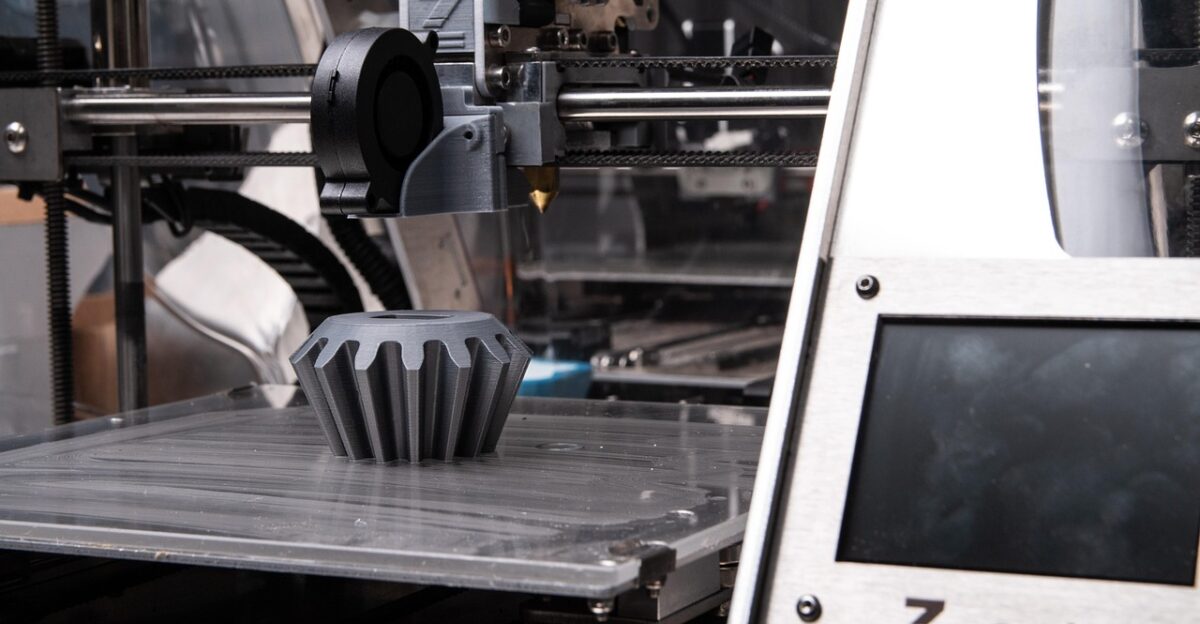
Across towns and cities, garages and classrooms have turned into miniature defense labs. According to government officials, more than two million drones were produced in Ukraine in 2024, many from volunteer-led projects using simple 3D printers and open-source code.
These citizen workshops now supply frontline brigades with critical gear—proof that wartime innovation doesn’t always need assembly lines or billion-dollar budgets to make an impact.
Makers, Students, and Soldiers Join Forces

What makes Yurii’s story emblematic of Ukraine’s defense effort is its collaboration. Students, hobbyists, and veterans share designs online, refining each other’s inventions in real time. “Every night we build, and by morning, someone’s testing it under fire,” said a volunteer engineer near Kharkiv.
This open-source spirit, according to military officials, has become one of Ukraine’s strongest unconventional advantages against a larger, better-funded enemy.
The Power of Practical Solutions on the Front
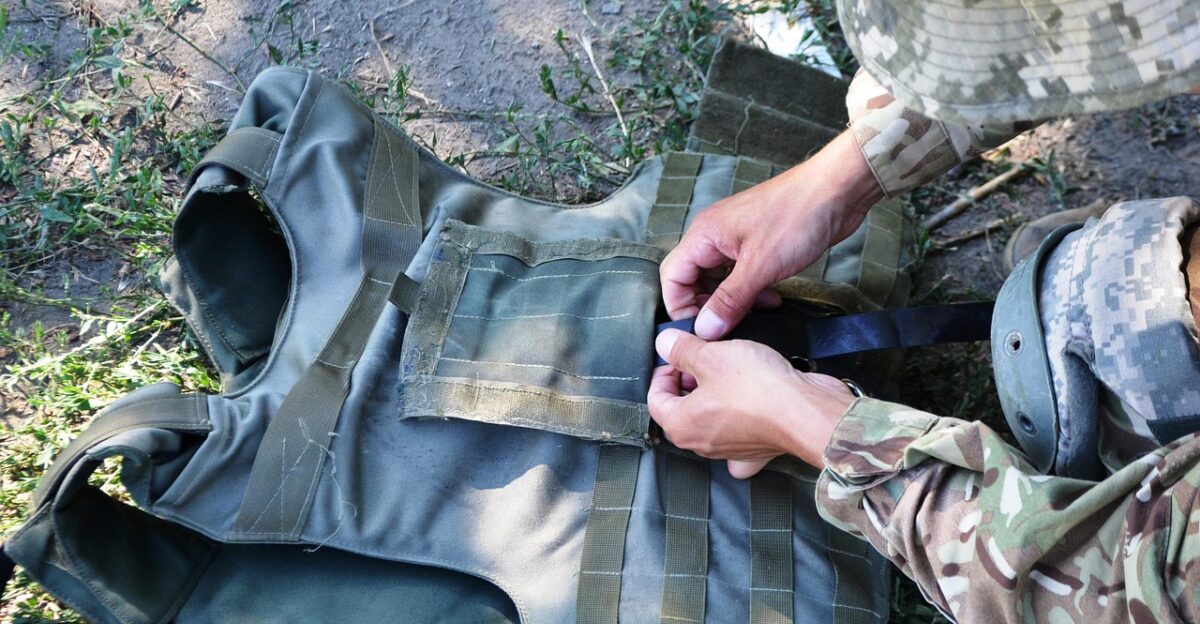
For soldiers rationing ammunition, a $50 fix can feel like a revolution. Many now improvise with fishing nets, plastic tubing, or repurposed shell casings to fend off low-flying drones. “Every squad has its own engineer,” a front-line sergeant said with a grin.
“We make what we need because no one else can make it fast enough.” It’s this blend of necessity and creativity that’s redefining modern combat in Ukraine.
Open-Source Warfare Becomes the New Normal
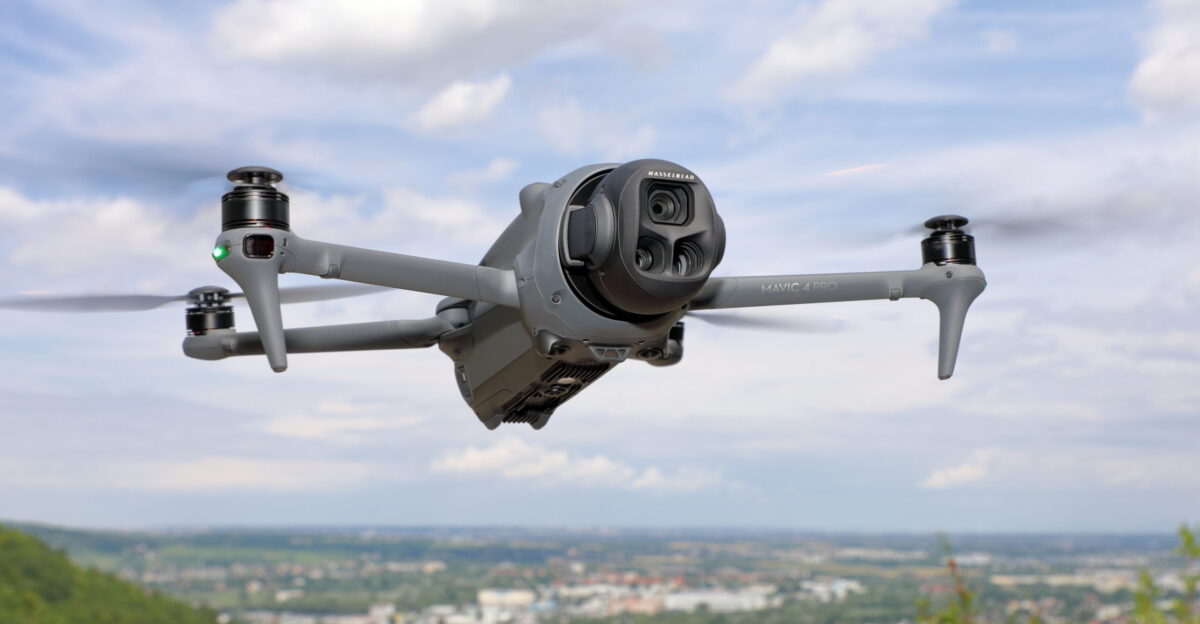
Field reports from Ukrainian units suggest these improvised rounds have successfully intercepted Russian FPV and Mavic drones at distances of up to 50 meters. Special forces operating near the Kursk front have reportedly requested additional prototypes for testing. “
It’s open-source warfare,” one officer said. “We share fixes like software updates—because if one squad finds something that works, everyone benefits within hours.”
Zelenskyy’s Message to the West
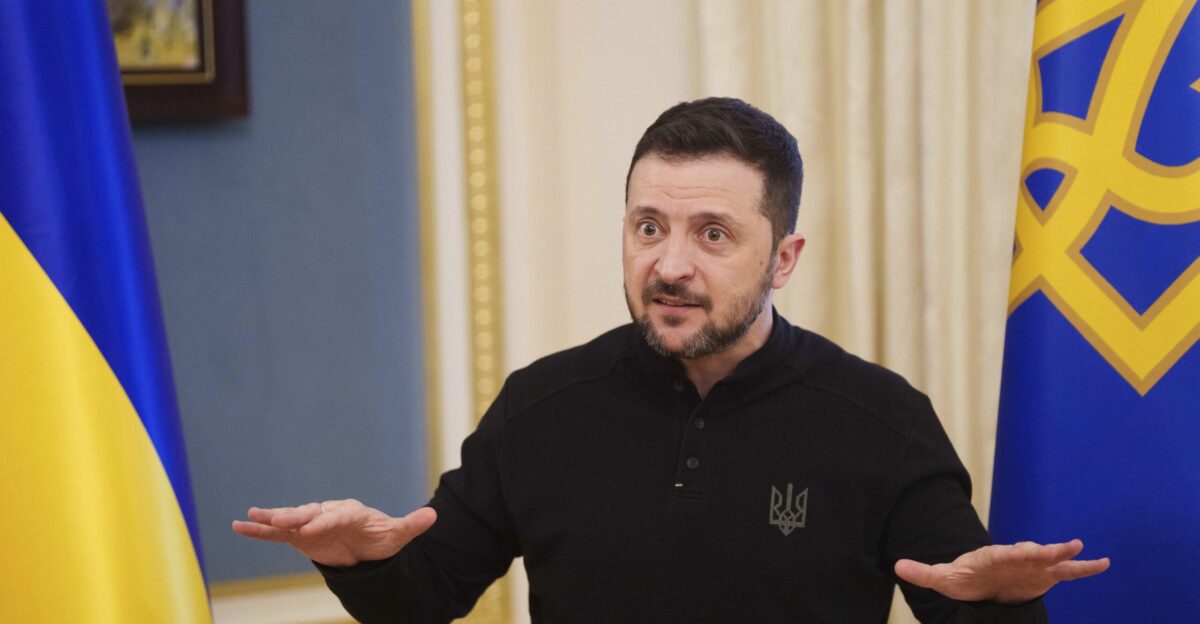
President Volodymyr Zelenskyy has urged Western allies to rethink their approach to fighting the drone threat. “You do not fight drones with million-dollar missiles,” he said during a July briefing. His appeal highlights Ukraine’s hard-won lesson: agility often beats abundance.
Rather than relying on costly systems, Kyiv has embraced flexible, low-budget innovation—a strategy many NATO planners now study as a model for future conflicts.
When Innovation Outpaces Bureaucracy
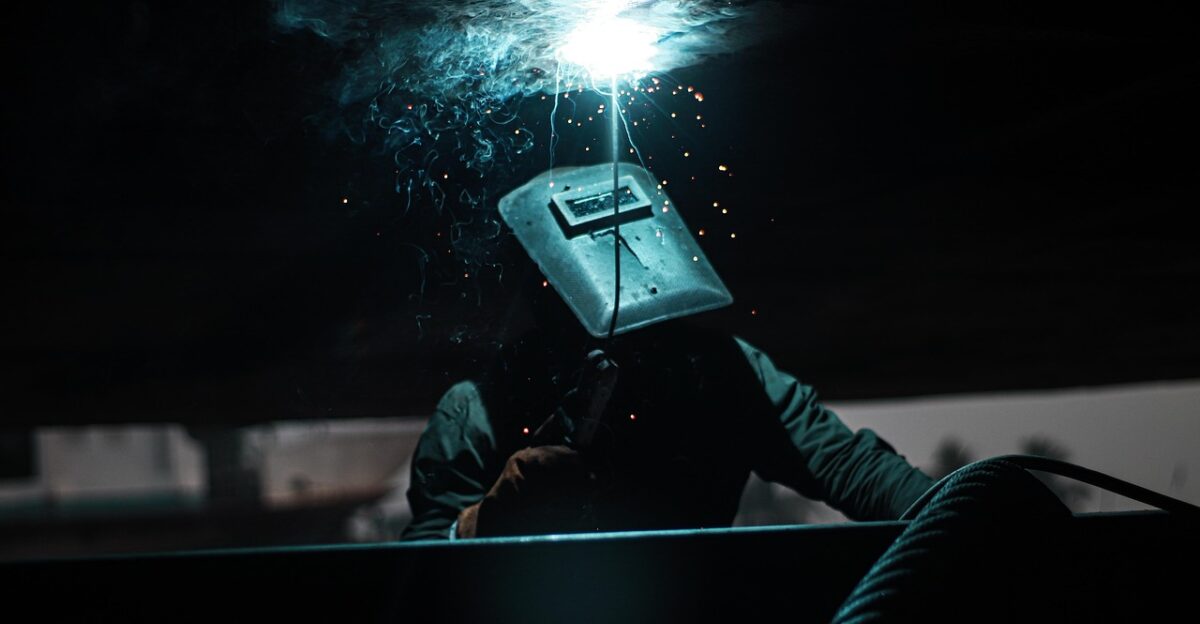
Ukraine’s new Unmanned Systems Forces—established earlier this year—now work directly with civilians and defense startups to integrate battlefield inventions into military doctrine. According to officials, the branch aims to create an “AI-supported drone shield” capable of intercepting enemy aircraft before they reach key positions.
The partnership between military structure and grassroots creativity changes how nations imagine national defense.
A War Fueled by Ideas, Not Just Ammunition
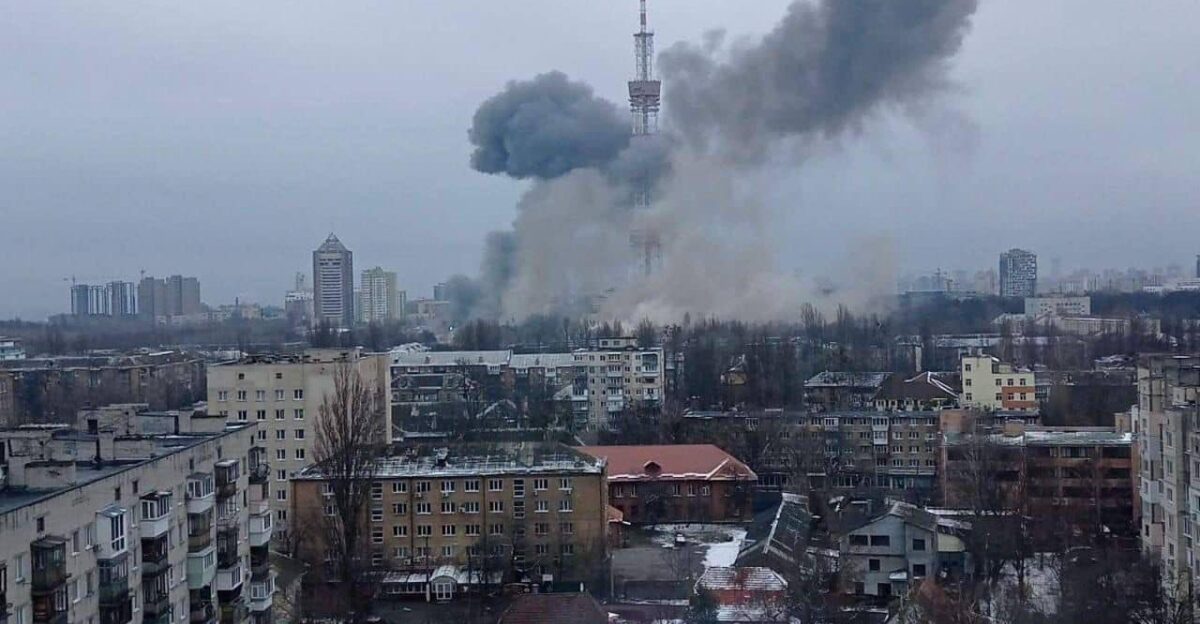
Analysts at the Royal United Services Institute say the Russia-Ukraine war has become a contest of innovation speed rather than raw firepower. Drones now account for as much as 70% of battlefield casualties on both sides.
Yet, within that grim reality, Ukraine’s ability to mobilize its inventors and tinkerers stands out. “They innovate under fire,” one defense expert said, “and that’s something money can’t buy.”
The Human Story Behind the Hardware
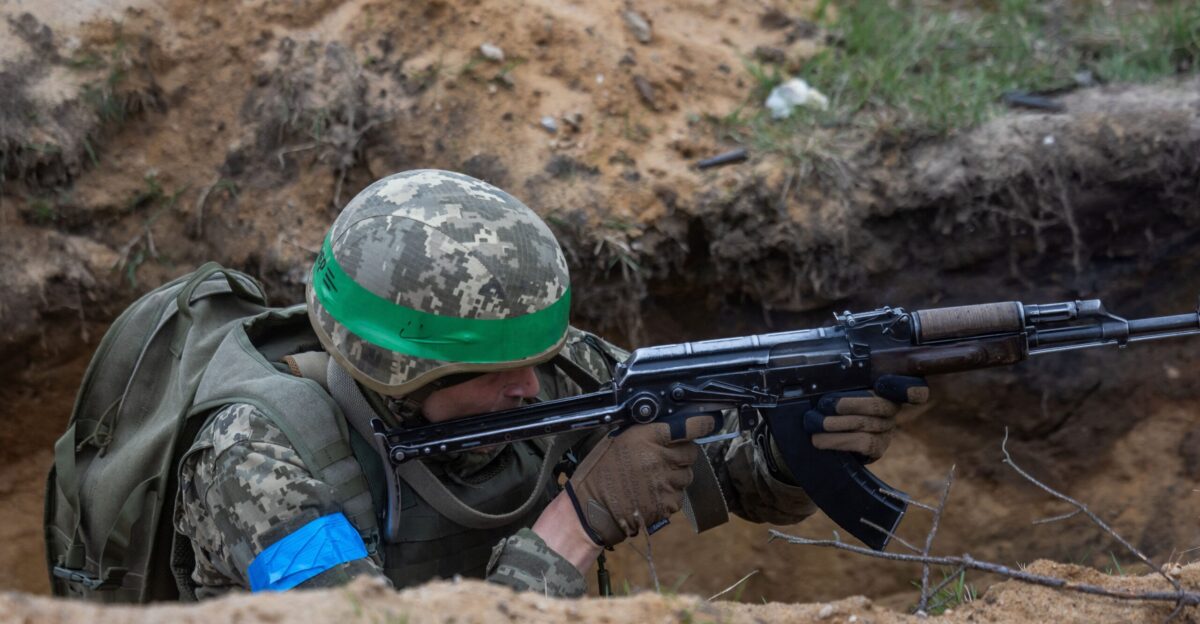
For Yurii, the 18-year-old who started it all, his invention was never about fame or funding. It was about helping the soldiers he saw on television each night. He told reporters he’s “just glad it works.” His friends call him “the kid who brought down drones.”
In a war dominated by machines, his story reminds Ukrainians that courage and imagination still matter most.
When Imagination Becomes Defense

What began as a teenager’s experiment has become a symbol of a nation’s ingenuity. Yurii’s $50 invention represents the spirit driving Ukraine’s defense—one that values creativity over capital.
As the conflict grinds on, stories like his show how innovation, shared knowledge, and human determination are rewriting the rules of war. In Ukraine’s fight for survival, invention has become its most powerful shield.